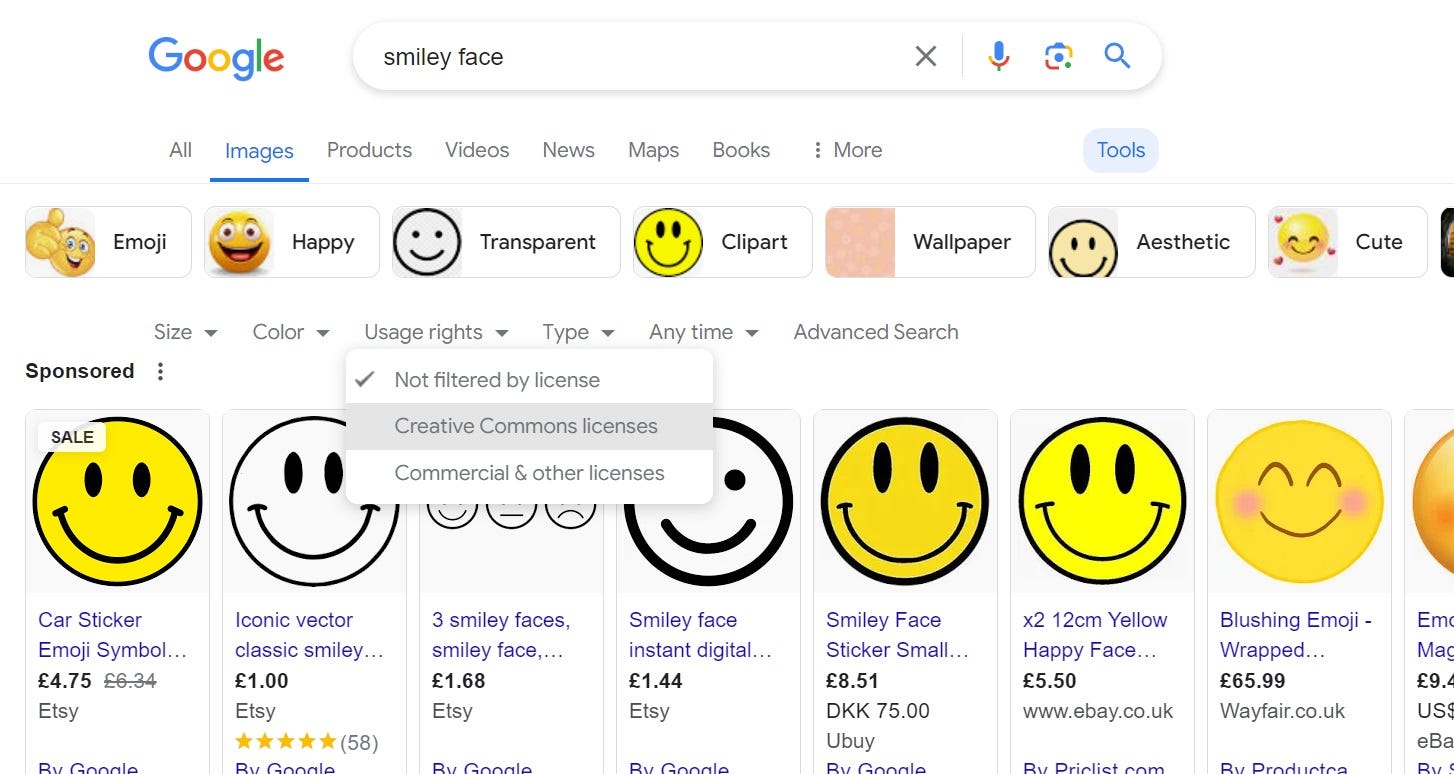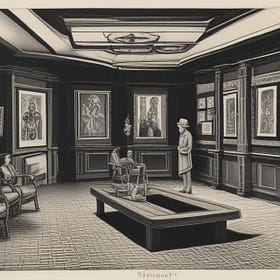How to avoid going (copy)wrong with copyright
Find out the fundamentals of copyright and a series of practical tips to make sure your digital learning materials are copyright compliant.
Full disclaimer: This is not intended to be legal advice but designed to offer fellow digital learning professionals practical advice and signpost to guidance that can support them as they create and curate digital learning materials. Unless stated otherwise, advice is focused on UK copyright law - please be aware that posting digital content means you need to be aware of global differentiation.
There are much more exciting articles I’d like to be writing - and much more exciting articles you might like to be reading - but copyright is one of those things we have to be aware of when creating digital learning materials. This can’t cover everything but hopefully gets you on the right track.
Understand the basics
If you have time for one key message, let it be this: In the UK, copyright is applied automatically. You don’t have to see a copyright © symbol or see that someone has written “Copyright attributed to X”. Unlike in other countries, the writer/artist/creator doesn’t have to “claim” the copyright, they are given it automatically.
In most instances, copyright runs out 70+years after the death of the creator, however if you are unsure, it’s always worth checking. For those of us in heritage, a rather unhelpful addition to this is the “2039” rule, which means that literary, dramatic and musical works unpublished at the end of 1988 are still in copyright until 2039, even if their creator was born before 1969. So yes, those incredible unpublished, never seen before materials in your collection can cause copyright headaches!
It can be really tempting to shrug it off as “probably alright” but to avoid organisational reputational risk, and quite frankly to do the right thing, its up to you to do due diligence. For more information about copyright notice and terms, here is a handy summary: https://www.gov.uk/government/publications/copyright-notice-duration-of-copyright-term/copyright-notice-duration-of-copyright-term
Get creative with Creative Commons
Glad you’ve got a little more time - let’s go a bit deeper.
Let’s talk about Creative Commons. It’s one of those phrases you might have heard, but working in digital it’s really important that you get your head around it. It is a brilliant thing because it is about making more material available to be shared but in an ethical way. It is a series of licences that give everyone a standardised way of granting public use of creative work under copyright law.
In their own words, “We advocate for better sharing: sharing that is contextual, inclusive, just, equitable, reciprocal, and sustainable”.
In layman’s terms, it means that there is creative work that we can use in our digital learning resources, for free without extra permission requests as long as we follow the rules, and for some organisations, a way of sharing their content with others. It’s predominately about using content for non-commercial purposes, not adapting that content and properly giving credit.
To confuse us, or make us feel like spies, there are six different types of Creative Commons (CC) licenses all with acronyms. Impress your friends with your newly acquired knowledge of the CC BY-NC-ND license (and others) with this overview: https://creativecommons.org/share-your-work/cclicenses/
Top tip: When looking for images on Google, you can select “tools” as an additional filter which opens extra options such as size, colour, AND usage rights. Click on the drop down to select “Creative Commons Licenses”
Won’t somebody please think of the children?
Well, yes they have - and for those of you who are really into this copyright world, it’s worth being aware of the copyright exceptions around educational use. Some holders of copyright waive the rules if they content is being used for educational purposes, while others may offer a discounted rate if charging.
Digital learning resources that are going on the internet play by different rules than those being use only within a classroom setting. Where heritage classrooms/learning centres sit is a grey area.
For even more grey area, there is the idea of fair dealing (known as fair use in the US), which means you can use a little bit of something without permission. How much is a little is the copyright version of how long is a piece of string, so tread carefully.
Ultimately, it’s always worth erring on the side of caution and getting those rights. For anyone who want to delve into education and teaching exceptions, take a look at this: https://assets.publishing.service.gov.uk/government/uploads/system/uploads/attachment_data/file/375951/Education_and_Teaching.pdf

A picture paints a thousand words
As educators, we know how important it is to use visual prompts to help learners of any age connect with an idea. While as much as possible, it’s about showing images of the collections we have - remember that even those may have copyright restrictions.- in which case its back to the top of doing your due diligence.
For those moments when you need an image from outside of your organisation, there are lots of different options - so here are three to get you going. Remember, you still need to properly give credit as it instructs when downloading the image.
https://unsplash.com/ (as used in this article)
It’s also worth remembering other heritage organisations when searching for images. Each is unique so some follow creative commons, while others will have information about how to request the image rights, so make sure you’ve allowed enough time for those requests to be answered.
Last thought
Copyright can be a complicated and confusing place to be - and this article is just the beginning.
In the spirit of Digital Learning Network sharing, comment below with your top copyright tips. If struggling, seek the support of colleagues, other digital learning specialists and legal advice (if you are so lucky!)
If you enjoyed this article, join us online for this free event, this Thursday, 4 July 2024 at 1.00pm:
Network and Nourish: Informal Learning
Get ready for informal learning this summer holiday with the second of our new-format event series; Network and Nourish! Network and Nourish are informal lunchtime events hosted by DLNET where we get together online to chat around a topic whilst eating lunch! This 30 to 40 minute slot isn’t filled with formal talks, but is a safe space where we can chat …





